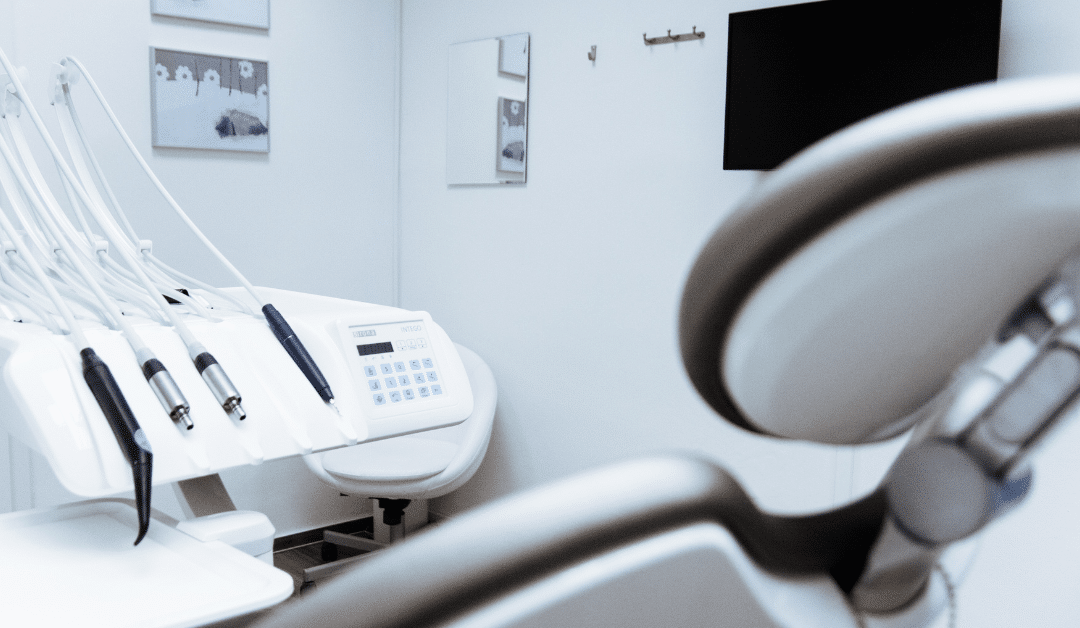More than 2,000 complaints lodged against dentists in the past four years

According to the Irish Fire and Emergency Services Association (IFESA), there is a huge need for a proper compensation scheme for firefighters injured in the line of duty, particularly as a result of attacks or vandalism which has proven rife over the last number of years.
Firefighters from Dublin and Waterford are seeking psychological support and a new compensation scheme for those injured in the line of duty. As Halloween emerges around the corner, fears for safety continue to grow as it is normally the busiest and most dangerous time of year for fire crews and other emergency services.
A study ‘Dublin Fire Brigade: Violence in the workplace and Occupational Stress in the Control Room’ showed that some 96% of staff members had experienced some form of violence during their career, with 69% physically assaulted and/or 80% violently threatened and/or 94% verbally abused in the last year. The report carried out by the Royal College of Surgeons in Ireland was divided into 2 studies, one of violence in the workplace and the other of occupational stress in the HQ Control Room and had the following key findings:
The study concluded by making the following recommendations:
– violence recognition
– risk assessment
– intervention
– monitoring and evaluation
Such policies though run the risk of becoming aspirational documents rather than operational and carefully considered commitments to specific courses of action that reflect the contemporary state of best practice.
The Dublin Fire Brigade is the only fire-based emergency medical service in Ireland and Great Britain where fire-fighters and paramedics play a dual role as cross-trained personnel. (90% of US cities are fire-based Emergency Medical Support providers because of the capability to achieve response times of four minutes or less with the same dual-role cross-trained personnel as well as cost savings from one service).
Until something is inserted into legislation, attacks on emergency personnel will sadly continue. Unlike the Gardaí Sióchana who have their own compensation scheme, other emergency personnel have no similar initiatives in place. Compensation may not be the ultimate solution, but it should be there when prevention has failed. Dublin City Council currently employees 800 full-time firefighters.
A case in the UK of R v Secretary of State for Home Department ex parte Fire Brigades Union (1995) based in the House of Lords concerned the awarding of compensation under the Criminal Injuries Compensation Scheme. The judgement ruled that the Home Secretary acted unlawfully by not implementing a compensation scheme for firefighters and emergency medical support staff.
Undoubtedly, working in the emergency services affords a high-risk element to the job and unless preventative measures can be put in place to avoid the possibility of violence in the workplace, a compensation scheme for injuries suffered should be to the forefront of considerations.
In stark comparison, more than €5.6m in compensation cash was paid to prison officers who were injured on the job. Figures for five years to the end of 2014 come as three prison officers were assaulted in Mountjoy Prison, two of them receiving slash wounds to the face.
Another prison officer who has had teeth knocked out when struck on the face with a plank and, in another disturbing incident, received a death threat to his family from one the capital’s most notorious killers.
The payouts were for dozens of incidents that arose causing harm to prison staff, including injury as a result of assault, stabbing, arson, being bitten by inmates and being exposed to saliva and blood.
Deputy General Secretary of the Prison Officers Association (POA) Jim Mitchell pointed out that as well as suffering physical injuries, warders are also left emotionally affected by the job.
One of the officers hurt in the most recent incident in Mountjoy may require specialised surgery to heal the wounds he received.
Compensation payments to prison officers come to €5,660,160 for the five years 2010 to 2014 with €977,718 paid out last year alone.
“Although the compensation figure looks quite high it doesn’t reflect the severity of the injuries prison officers suffer,” the POA’s Mr Mitchell said. “Most commonly they would incur injuries from assaults, intervening in fights and also the classic example of attempting to save a prisoner from being attacked,” he explained.
“There are also scenarios that can have a mental and emotional affect on staff, such as discovering a prisoner in a cell who has died by suicide or from an overdose,” he added.
Mr Mitchell described Ireland’s prisons as a “difficult environment to work in” and added that there is “no other job like it”.
There were 154 attacks in 2013 alone with 49 in St Patrick’s Institution and 34 in Mountjoy. There has been a number of high profile incidents in recent months.
Back in 2009, settlement terms through the Labour Commission were reached to allocate compensation to psychiatric nurses for physical and psychological injury. The schedule of benefits payable under the scheme, are as follows:
The claims procedure for the scheme is consistent with that already in place for other types of insurance claims under HSE insurance policies. The various stages of procedure in such eventuality are:
All of the aforementioned professions involve high-risk practices and it is hoped that soon the Emergency Medical Support services will be afforded the same opportunities for compensation if not the preferable successful prevention of further injury and suffering.

Speak to our Experienced Solicitors
We understand that navigating the legal system can be overwhelming and stressful, which is why we are dedicated to providing clear communication and support to our clients every step of the way